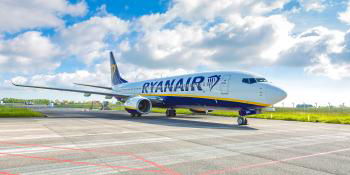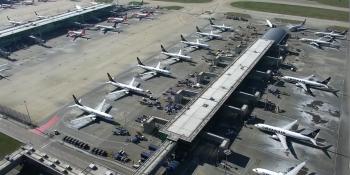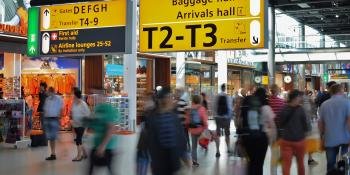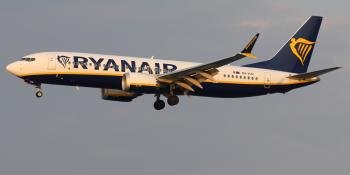The budget operator saw its traffic numbers and revenue drop by more than 80% last year
Ryanair Group – the parent company of low-cost carriers Buzz, Lauda, Malta Air and Ryanair – has reported a full-year loss of €815m, during a period when it saw traffic levels slump 81% because of the impact of the COVID-19 pandemic and associated travel restrictions.
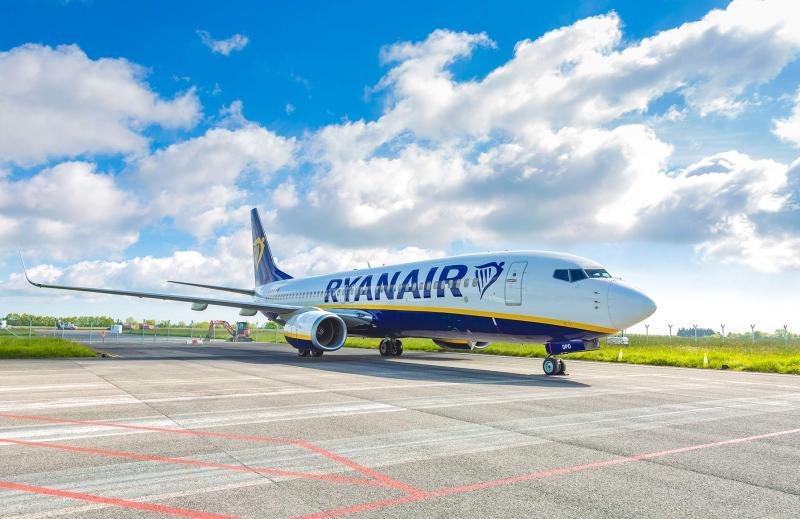
Described in its financial report as the “most challenging time” in Ryanair’s 35-year history, the firm saw passenger numbers collapse almost overnight from 149 million to just 27.5 million. Load factors – which in the previous financial year sat at 95% - fell to 71% during 2020.
Ryanair Group made just over €1bn profit in the year ending March 31, 2020 – but during the latest period, it swung to a record loss, despite the fact that operating costs were slashed by 66% to €2.48bn.
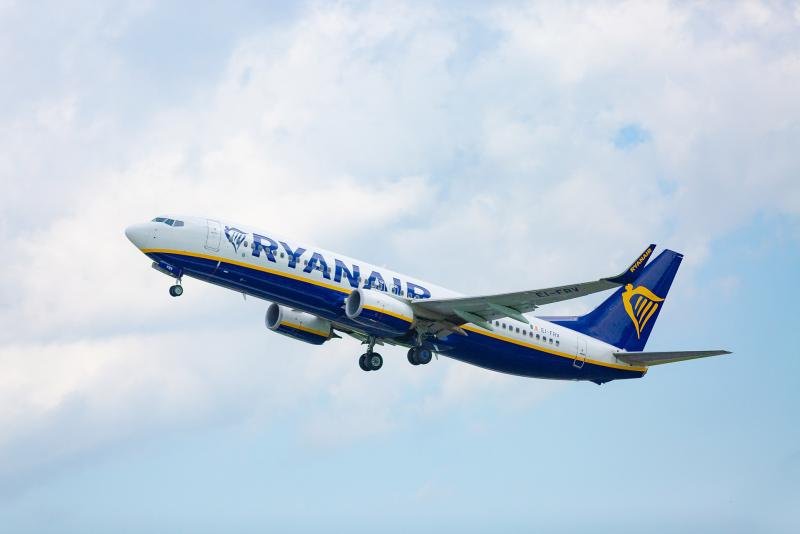
Last year the firm focused on reviewing and adjusting its cost base in order to emerge from the pandemic in a strong position. Starting with cuts to senior management pay and the cancellation of bonuses, Group airlines then negotiated pay cuts with staff and their unions to minimise job losses, according to Ryanair.
Route development teams also went about lowering its cost base with airports across Europe by renegotiating facility charges and extending low-cost growth deals including London/Stansted to 2028, Milan/Bergamo to 2028 and Brussels/Charleroi to 2030.
Last December, the airline group increased its firm order for Boeing 737-8200s from 135 to 210, while securing further “modest discounts”. It also agreed “reasonable and fair” compensation from the American airframer for the two-year delivery delays of the type.
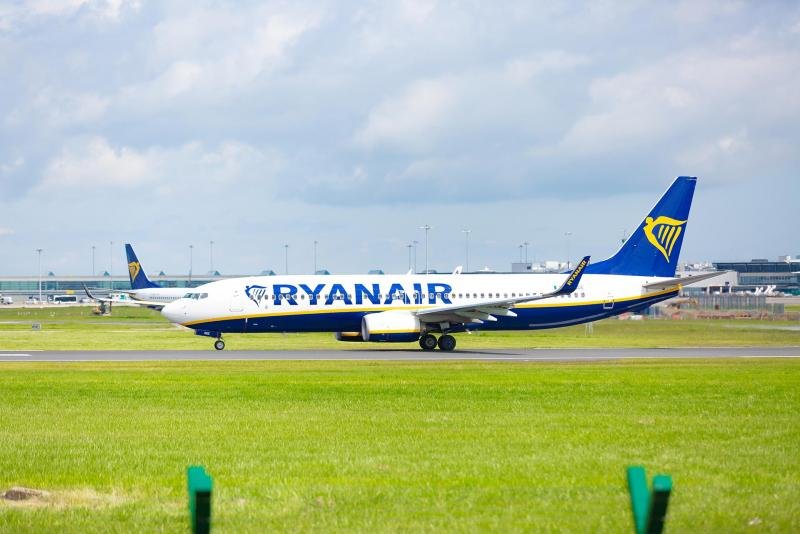
According to the Irish firm, the jet will further widen the cost gap between it and other European airlines for the next decade because the type has 4% more seats, 16% lower fuel burn and 40% less noise emissions than previous generation examples.
As for its outlook, Ryanair expects the first quarter’s traffic to be heavily curtailed to between five and six million passengers. The full-year figures are anticipated to be at the lower end of its previously guided range of 80 to 120 million.

